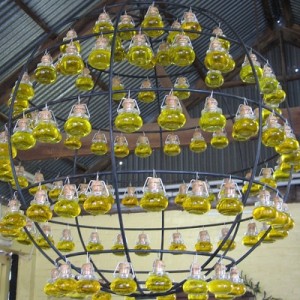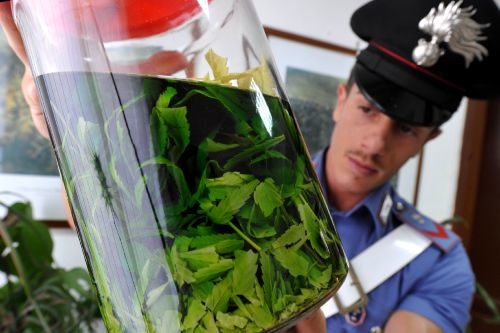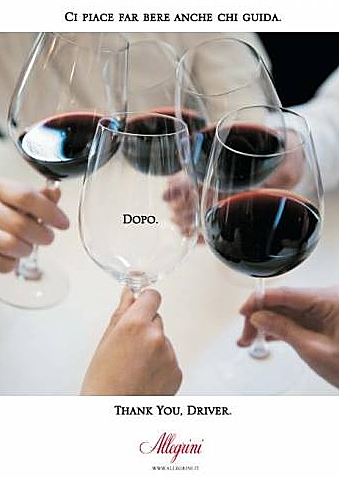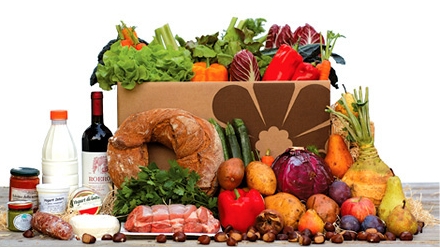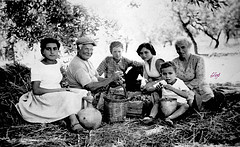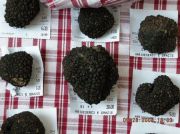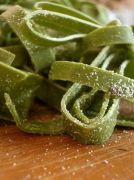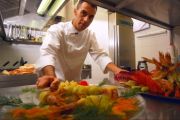To combat food fraud, Italians have developed new laser techniques to determine whether that extra virgin olive oil is really as pure as the label says.
Researchers at Florence’s Institute of Applied Physics teamed up with the photonics researchers at Vrije Universiteit Brussel to devise a series of high-tech tools that can also be applied to beer and milk.
By zapping olive oil with fiber-optic and micro-optic devices and using a technique called scattered colorimetry obtained a “signature” for extra virgin olive oils that can attest to authenticity as well as fatty acids and antioxidant content that make olive oil good for you.
Micro-optic sensors are also employed to detect aging aromas. After running tests, researchers also developed a software that can monitor nutrition content from pressing to bottle.
What does this mean for the average shopper? Researchers are at work on smart bottle caps that can tell before you do that the green gold has had better days or keep olive oils that have been mixed with by-products, such as olive residue, off the shelves.
The research highlights the importance of olive oil a cornerstone of the traditional Italian diet — researchers here believe it is “brain food” for children — and the national preoccupation with “counterfeit” or falsely labeled foods.
Image: CC-licensed, thanks to Shishberg on Flickr.

